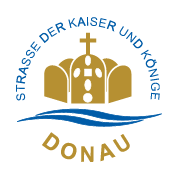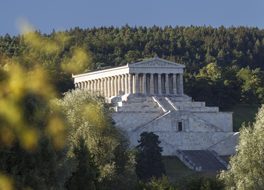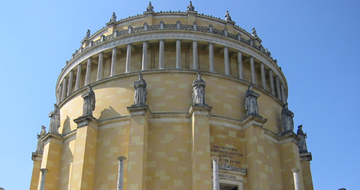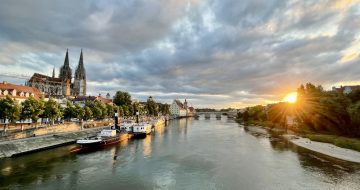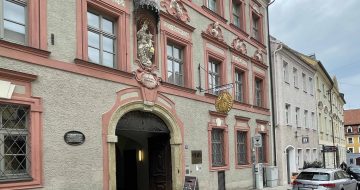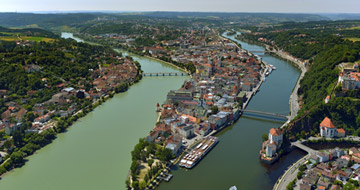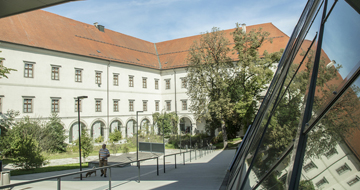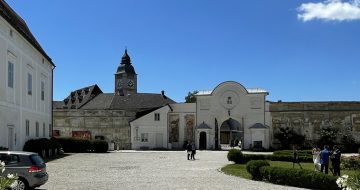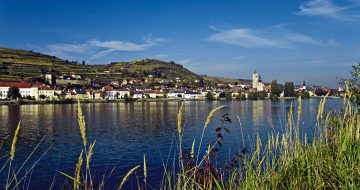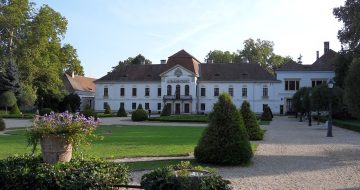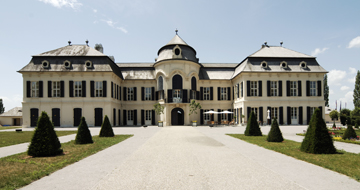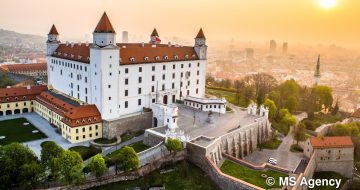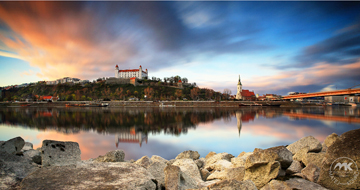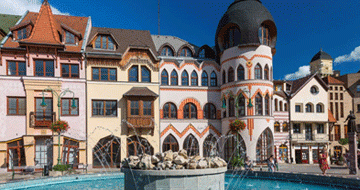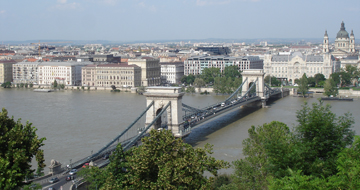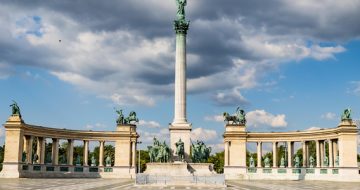French Revolution
French Revolution
Then came the French Revolution (1789) and the end of the feudal age. Napoleon appeared and with him the transformation of Europe and the rise of the bourgeoisie. The Corsican, since 1804 Emperor of the French, rode several times down and up the Danube. He took up quarters in Regensburg, Passau, Linz, Melk, Schönbrunn and Vienna. Let us spare victories and defeats on the Danube. Let us look at the result: the most important and obvious result seems to be the disappearance of the old Roman Empire of the German Nation. The first step had been the secularization of the church property. The ecclesiastical territories were distributed among the secular states. An imperial deputation made the decision at the Imperial Diet of Regensburg in 1803. On the Danube, the prince-bishopric of Passau was affected, which was added to Bavaria. Bavaria was proclaimed a kingdom on January 1, 1806. In 1810, Regensburg was also transferred to the Bavarian crown. 600 years of autonomy had come to an end.
Francis II had already assumed the hereditary title of Austrian emperor in 1804. The newly created Empire of Austria comprised the old Habsburg hereditary lands on the Danube and the kingdoms of Bohemia and Hungary. The coat of arms of the Old Empire - the double-headed eagle - was continued as the national coat of arms of Austria. The new order of states also survived the fall of Napoleon and the Congress of Vienna of 1812. Bavaria, now enlarged to include Franconia and Swabia, operated as a kingdom under the Wittelsbach dynasty until 1918. Under King Ludwig I, who ruled from 1825 to 1848, patriotic monumental buildings such as the Valhalla downstream from Regensburg and the Hall of Liberation above Kelheim were erected.
